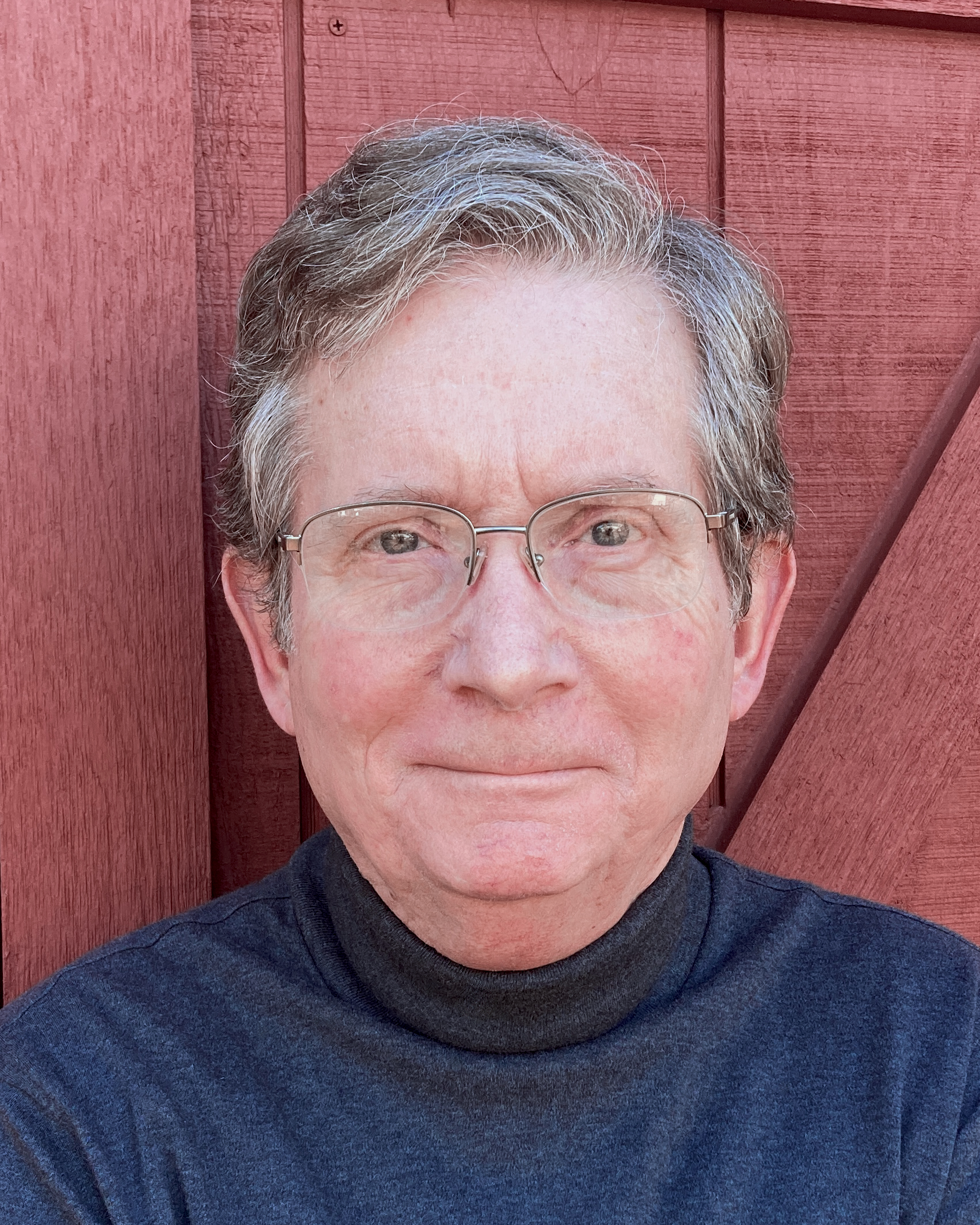Years ago, the city gave in
to a rage for safety—fears of snakes,
muggers, rabid raccoons—
enforced a crewcut conformity:
men whacking, sawing,
mowing, all the way down
to the water, as if the creek needed
a close shave, no public bush allowed.
Now, we find poisonous
hemlock, ragweed, copperhead, yes,
but also morning glory, Virginia pine,
catalpa, paper birch, whistle pig,
water snake, resident birds
and the visitant,
vegetation giving cover
to the green heron, for example,
trees slowing the overflow
when Buffalo Creek charges
in a brown slobbery snort, and,
when the water clears,
providing a hiding place
for the kingfisher, blue and white
spiky-crowned bloom of a bird,
chattering a blue streak, clackety-
clackety-clackety.
Maybe one day,
our descendants will find a wallow,
hoof prints, a dark splatter,
hear a thudding—Hide, children!
Then a deep bellow like the roar
of the last diesel engine.

